Fall vegetables are those that thrive in the cooler temperatures and shorter days of the autumn season. These vegetables are known for their hearty and robust characteristics, making them perfect for warm, comforting dishes.
You’ll find a variety of fall vegetables, including root veggies like carrots and parsnips, leafy greens, squashes, and cruciferous vegetables like broccoli and cauliflower.
Their flavors range from sweet and earthy to slightly bitter, and their textures go from the satisfying crunch of raw carrots to the creamy smoothness of cooked squashes.
These vegetables bring vibrant colors to your table, orange, red, green, and white and come in all sorts of shapes, from slender carrots to round beets.
In the kitchen, fall vegetables are incredibly versatile. Roast them, bake them, sauté them, or toss them into soups and stews. They’re perfect for creating delicious autumn meals that everyone will love.
This article covers the most popular vegetables to enjoy during the fall season. Plus, by the end, you’ll discover the best type of dishes to make with these autumn veggies.
Let’s start reading!
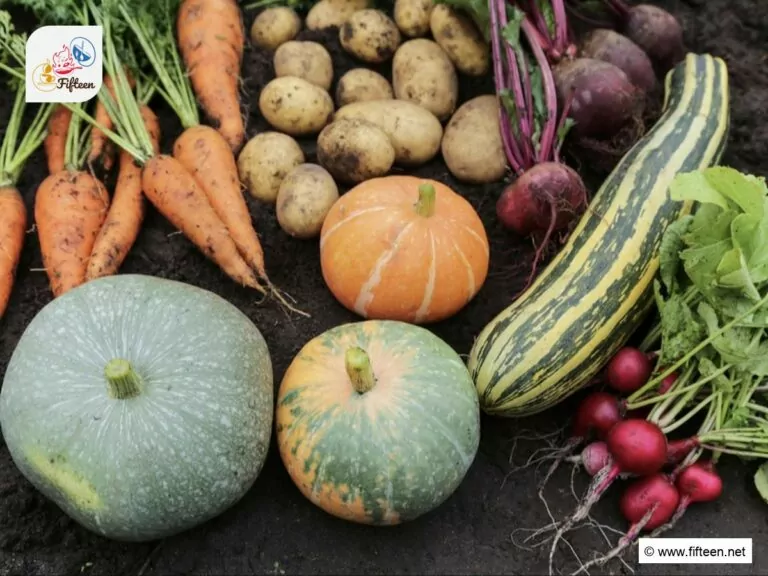
A List of 23 Common Vegetables in Season During Fall
Here are 23 of the best fall vegetables, showcasing a variety of colors, types, and uses. Use the filter function to quickly find the perfect options for your needs.
Pumpkin
- For Dishes
Pumpkin, often called squash, is a popular fall vegetable known for its versatility. This round, ribbed vegetable usually appears in deep orange but also in white, yellow, green, and blue.
Its dense, sweet flesh has a smooth yet slightly fibrous texture, thriving in the cool weather from late September through November. Pumpkins are a culinary staple, featured in soups, stews, roasted dishes, and purees for pies, muffins, and breads. The seeds, when roasted, make a crunchy snack.
Sweet Potato
- For Dishes
Sweet potato is a beloved root vegetable with elongated shape and various skin colors like coppery brown, purple, and red, with flesh ranging from creamy white to vibrant orange and deep purple. Sweet potatoes peak in flavor and availability during the cooler months of fall.
In the kitchen, sweet potatoes shine in both savory and sweet dishes. They can be baked, mashed, roasted, or fried, featuring in casseroles, soups, and roasted vegetable medleys.
Broccoli
- For Dishes
Broccoli is a green vegetable from the cruciferous family, known for its tree-like structure with dense, dark green florets on a thick stalk. Raw broccoli has a mildly earthy, slightly bitter taste, which turns sweet and tender when cooked.
Broccoli can be steamed, roasted, or stir-fried, it pairs well with various sauces and is a staple in many Western and Asian dishes. The florets are perfect for dipping in hummus, while the stalks can be used in slaws and soups.
Cauliflower
- For Dishes
Cauliflower, another cruciferous vegetable, is recognized by its compact white head surrounded by green leaves. With its slightly nutty flavor, this vegetable is best harvested in the fall.
Raw cauliflower is firm and crunchy, great for salads or dips, while cooking transforms it into a tender, creamy consistency. This vegetable can be roasted, mashed, or pureed, serving as a low-carb alternative in various dishes.
Cauliflower rice is a popular gluten-free substitute, and it can be used in recipes ranging from pizza crusts to creamy soups. Its mild taste allows it to adapt to both savory and slightly sweet preparations.
Carrot
- For Dishes
- For Garnishes
Carrots are a popular root vegetable. They come in various colors, including orange, purple, red, yellow, and white, and have a conical shape. Raw carrots are mildly sweet and earthy, with a crisp texture that becomes sweeter and softer when cooked.
Carrots are versatile and can be enjoyed in salads, soups, stews, and desserts like carrot cake. They can be spiralized, grated, diced, or juiced, pairing well with spices like cumin and herbs like rosemary. This vegetable thrives in cooler weather, making fall the ideal season for harvesting.
Potato
- For Dishes
Potatoes are a tuberous crop from the nightshade family. They vary in shape, skin color, and flesh color, with textures ranging from waxy to starchy. Potatoes have a neutral, earthy taste that different cooking methods enhance.
Widely used in many cuisines, potatoes can be boiled, baked, roasted, or fried. They are essential in mashed potatoes, French fries, and soups. Their flavor-absorbing quality makes them perfect for various seasonings, making them a staple in comfort foods.
Brussels Sprout
- For Dishes
Brussels sprouts are small green buds resembling tiny cabbages. They grow along tall stalks and are usually 1 to 1.5 inches in diameter. Their distinctive flavor is slightly bitter with nutty, earthy undertones, which becomes sweet when roasted or sautéed.
These vegetables thrive in cool weather and are best harvested from late summer through early winter. Brussels sprouts are perfect for roasting with olive oil, adding to soups, or shredding raw into salads.
Butternut Squash
- For Dishes
Butternut squash is a winter squash with a bell-like shape and pale, creamy orange skin. Inside, the flesh is vibrant orange, dense, and smooth, offering a sweet, nutty taste with a creamy texture when cooked.
Best enjoyed in the fall but storable through winter, butternut squash can be roasted, added to salads, soups, or pureed for creamy dishes. It pairs well with flavors like sage, thyme, and maple syrup, making it a comforting addition to fall and winter meals.
Acorn Squash
- For Dishes
Acorn squash is a vegetable named for its acorn-like shape with deep ridges and a pointed end. It typically has dark green skin with patches of orange, and its flesh is a vibrant orange-yellow. The taste is mildly sweet and nutty, transforming into a buttery flavor when cooked.
This squash is available from fall through early winter and is versatile in the kitchen. It can be roasted, baked, steamed, or sautéed, and pairs well with both savory and sweet preparations.
Spaghetti Squash
- For Dishes
Spaghetti squash has unique stringy flesh that resembles spaghetti noodles when cooked. It has an oblong shape with a hard rind, ranging from pale yellow to deep orange, and light yellow to golden flesh.
The taste is mild and slightly sweet, and it becomes tender yet retains a slight crunch when cooked. Harvested in the fall and storable for several months, spaghetti squash is a low-carb pasta alternative.
It can be roasted, baked, or microwaved, and the cooked flesh easily separates into noodle-like strands. It’s often served with pasta sauces or used in casseroles, taking on the flavors of accompanying ingredients.
Lettuce
- For Dishes
- For Garnishes
Lettuce is a leafy vegetable in various shapes, colors, and textures, perfect for many dishes. Key types include romaine with its crisp, slightly bitter leaves, iceberg known for its mild, crunchy texture, butterhead with sweet, delicate leaves, and tender leaf lettuce.
Grown in cooler seasons, it thrives in mild temperatures and can be harvested multiple times. Lettuce is a staple for fresh salads, providing a crisp base for toppings and dressings.
Romaine is popular in Caesar salads, iceberg in wedge salads and sandwiches, butterhead for wraps, and leaf lettuce for garnishes.
Cabbage
- For Dishes
Cabbage, a biennial plant grown annually, features dense, round heads of leaves ranging from pale green to deep purple. It has a crisp texture and a slightly peppery taste when raw, which sweetens when cooked.
Cabbage thrives in cooler temperatures and is often harvested from late summer through early winter. Raw cabbage adds crunch to salads and coleslaws, while cooked cabbage can be steamed, sautéed, braised, or roasted.
It is key in dishes like sauerkraut, kimchi, and stuffed cabbage rolls. Cabbage absorbs flavors well, making it a versatile ingredient for various cuisines.
Green Bean
- For Dishes
- For Garnishes
Green beans, also known as string beans or snap beans, are slender green pods typically 4-6 inches long. They have a crisp texture and a mild, slightly sweet flavor. Available year-round, they are particularly popular in the fall due to widespread cultivation.
Green beans can be steamed, boiled, stir-fried, roasted, or enjoyed raw. They are commonly used in casseroles, soups, and stews, with green bean casserole being a Thanksgiving favorite. Pickled green beans add a tangy crunch to appetizers and snacks.
Celery
- For Dishes
- For Garnishes
Celery is a marshland plant with long, fibrous, pale green stalks. It has a slightly bitter, earthy flavor that mellows when cooked, and its feathery green leaves are also edible. Celery is mostly harvested in the fall but is available year-round.
It is commonly used as a base for soups, stews, and stocks, enhancing the overall flavor of dishes. Raw celery is popular in salads and as a snack, often paired with dips or spreads. Its leaves are used as herbs or garnishes.
Spinach
- For Dishes
Spinach is a leafy green vegetable from the amaranth family. Native to central and Western Asia, its edible leaves range in size and are enjoyed both fresh and cooked. Spinach has a mildly sweet taste with a hint of earthiness.
Harvested mainly in spring and fall, spinach thrives in cool weather but is available year-round. Its versatility is unmatched, as it can be eaten raw, blended into smoothies, or used as a garnish.
Cooked spinach pairs well with garlic, cheese, and cream, making it a staple in creamed spinach and spanakopita dishes.
Kale
- For Dishes
Kale is a leafy green from the cabbage family with curly or flat leaves that vary in color. Its tough texture and earthy, slightly bitter flavor become sweeter after frost. Kale is typically harvested in fall and winter, adding robustness to salads, smoothies, and various cooked dishes.
Raw kale works well in salads and smoothies, often massaged with oil to soften. When cooked, it can be sautéed, steamed, or baked, making it a versatile ingredient for soups, stews, casseroles, and snacks like kale chips.
Beet
- For Beverages
- For Dishes
Beet, also known as beetroot, is a root vegetable with a round shape and dark red color, though it also comes in golden, white, and striped varieties. Its earthy, sweet flavor and firm texture, when raw, become tender when cooked.
Beets are harvested mainly from June through October and can be eaten raw, roasted, boiled, steamed, or pickled. Beet greens are edible, similar to Swiss chard, and often sautéed or added to soups.
Raw beets add crunch to salads, while roasting enhances their sweetness. They are key in dishes like borscht and beet juice, popular in detox drinks.
Radish
- For Dishes
- For Garnishes
Radish is a small root vegetable in the Brassicaceae family, available in red, pink, white, and purple. Radishes have a crisp texture and a sharp, peppery flavor when raw, which mellows when cooked. Harvested in the fall, they are available year-round.
Radishes add a spicy crunch to salads and sandwiches, and their greens can be used in salads, soups, or sautéed. Cooking radishes by roasting or sautéing mellows their bite, making them versatile in various dishes. Pickled radishes provide a tangy, crunchy component to many meals.
Leek
- For Dishes
Leek is a member of the onion family but lacks a bulb. It has a long, cylindrical shape with a white base and light to dark green leaves. The edible parts are mainly the white and light green sections, though the dark green leaves are used for stock.
When cooked, leeks have a mild, sweet onion-like flavor that becomes tender and creamy. They are popular in autumn and winter recipes.They can be sautéed, braised, roasted, or added to soups, stews, and casseroles.
Swiss Chard
- For Dishes
Swiss chard, a leafy green vegetable related to beets, features large, crinkled leaves and colorful stems ranging from white to vibrant red, yellow, or orange. It has a slightly bitter, earthy flavor similar to spinach but more robust.
When cooked, its leaves become tender, and the bitterness mellows, while the stems retain a pleasant crunch. It can be used raw in salads or cooked in various ways, such as sautéed with garlic, braised, or added to soups and stews.
Arugula
- For Dishes
- For Garnishes
Arugula, also called rocket or roquette, is a leafy green vegetable from the Brassicaceae family. It has dark green, deeply lobed leaves and grows in a rosette shape, reaching 12 to 24 inches tall.
Arugula has a peppery, spicy flavor with a hint of bitterness, making it popular in salads and dishes for a bit of a kick. Its tender yet crisp texture is similar to spinach, and it mellows when cooked, retaining a slight spiciness.
Pea
- For Dishes
- For Garnishes
Pea is a legume with varieties like garden peas, snow peas, and snap peas. Peas grow in pods that can be straight or curved, with the peas inside being green or yellow.
Peas taste sweet and fresh with a crisp texture when raw, becoming tender but slightly crunchy when cooked. They are versatile in the kitchen, used in salads, stir-fries, soups, and stews, and are harvested in the cooler temperatures of spring and fall.
Collard Green
- For Dishes
Collard greens are leafy vegetables with large, dark green leaves in a rosette pattern. Part of the cruciferous family, they’re related to kale, cabbage, and broccoli. Their robust, slightly bitter flavor mellows when cooked, making them tender and palatable.
Collard greens are versatile, used in Southern U.S. cuisine with smoked meats, sautéed, steamed, or raw in salads. Internationally, they feature in Mediterranean pies, Portuguese caldo verde, and various African, Indian, and South American dishes.
Which Types of Dishes to Make with Fall Vegetables?
Fall vegetables offer a diverse range of dishes that can be prepared to highlight their seasonal flavors. Here are some types of dishes made with various fall vegetables:
Soups and stews are ideal for fall, offering warmth and comfort. Pumpkin, leek, potato, cauliflower, and carrot are perfect veggie options for soups and stews.
Common examples include pumpkin soup from the USA, cawl soup (lamb and potato soup) – a dish from the United Kingdom, and pot-au-feu (beef and vegetable stew) – a well-known dish of France.
Roasting and baking enhance the natural sweetness of fall vegetables like brussels sprouts, butternut squash, and acorn squash.
Examples include roasted brussels sprouts in Europe and the USA, roasted butternut squash in the Mediterranean and North America, and stuffed acorn squash in the USA.
Casseroles and gratins are hearty and satisfying, combining multiple ingredients. Sweet potatoes, potatoes, and Swiss chard are great for these dishes.
Popular dishes are sweet potato casserole from the Southern USA, potato gratin and Swiss chard gratin from France, and moussaka from the Greek culinary collection.
Salads provide a fresh contrast to heavier autumn dishes. Arugula, beets, and lettuce are ideal for fall salads. Examples include arugula salad from the Mediterranean, beet salad from Eastern Europe and the USA, and caprese salad from Italian culinary assortments.
Side dishes with fall vegetables add variety and nutrition to meals. Carrots, green beans, and leeks are excellent choices. Common side dishes are glazed carrots from the USA, sautéed green beans from the Mediterranean and the USA, and braised leeks from France.
Curries are flavorful and versatile, making great use of fall vegetables. Vegetables like pumpkin, sweet potato, and cauliflower shine in these dishes.
Popular curries include dishes from India like aloo gobi and dum aloo, as well as specialties of Thai cuisine like red curry, massaman curry, and green curry.
Thank you for exploring fall vegetables with me! What will you cook this season? Share your ideas in the comments, and don’t forget to like and share this article. Explore more seasonal fruits and veggies on this site!


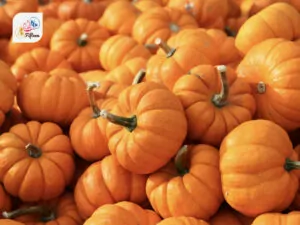
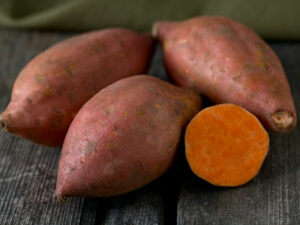
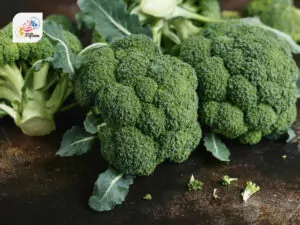
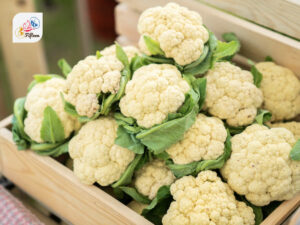
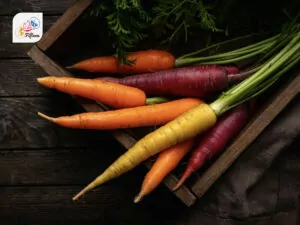
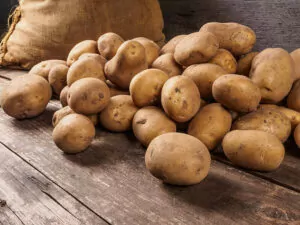
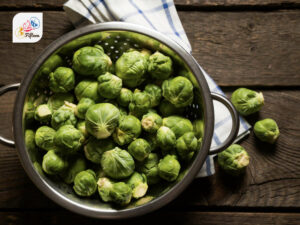
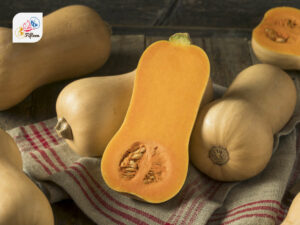
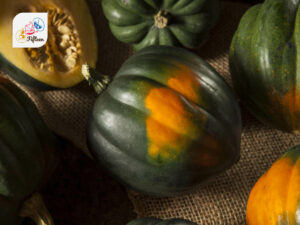

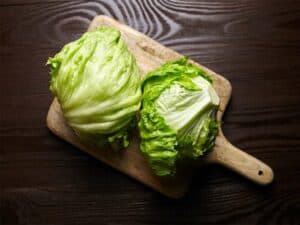
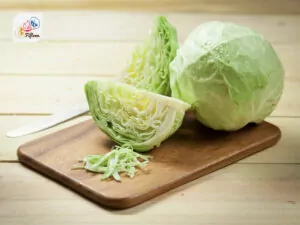
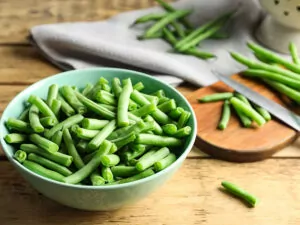
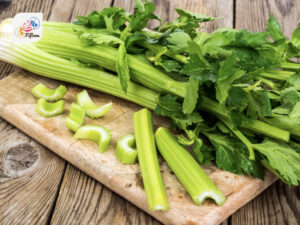
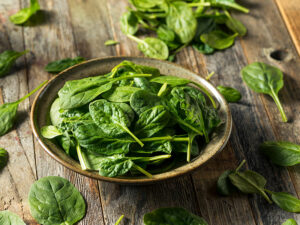
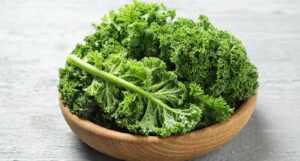
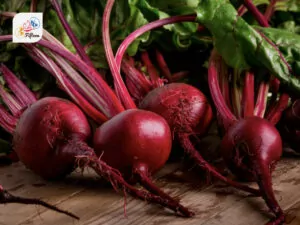
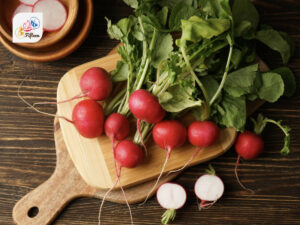
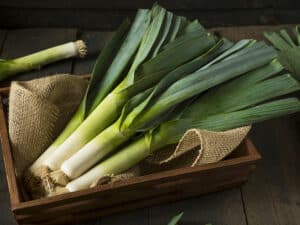
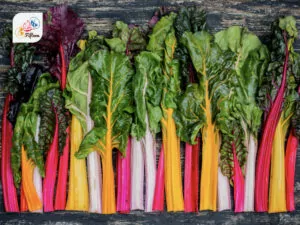
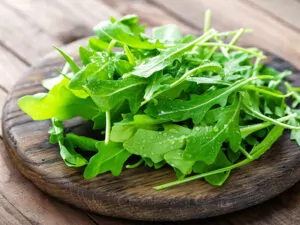
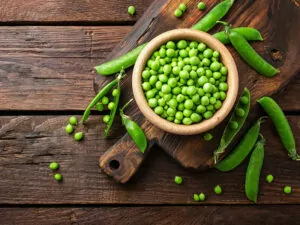
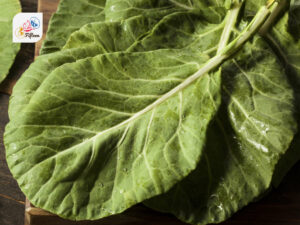
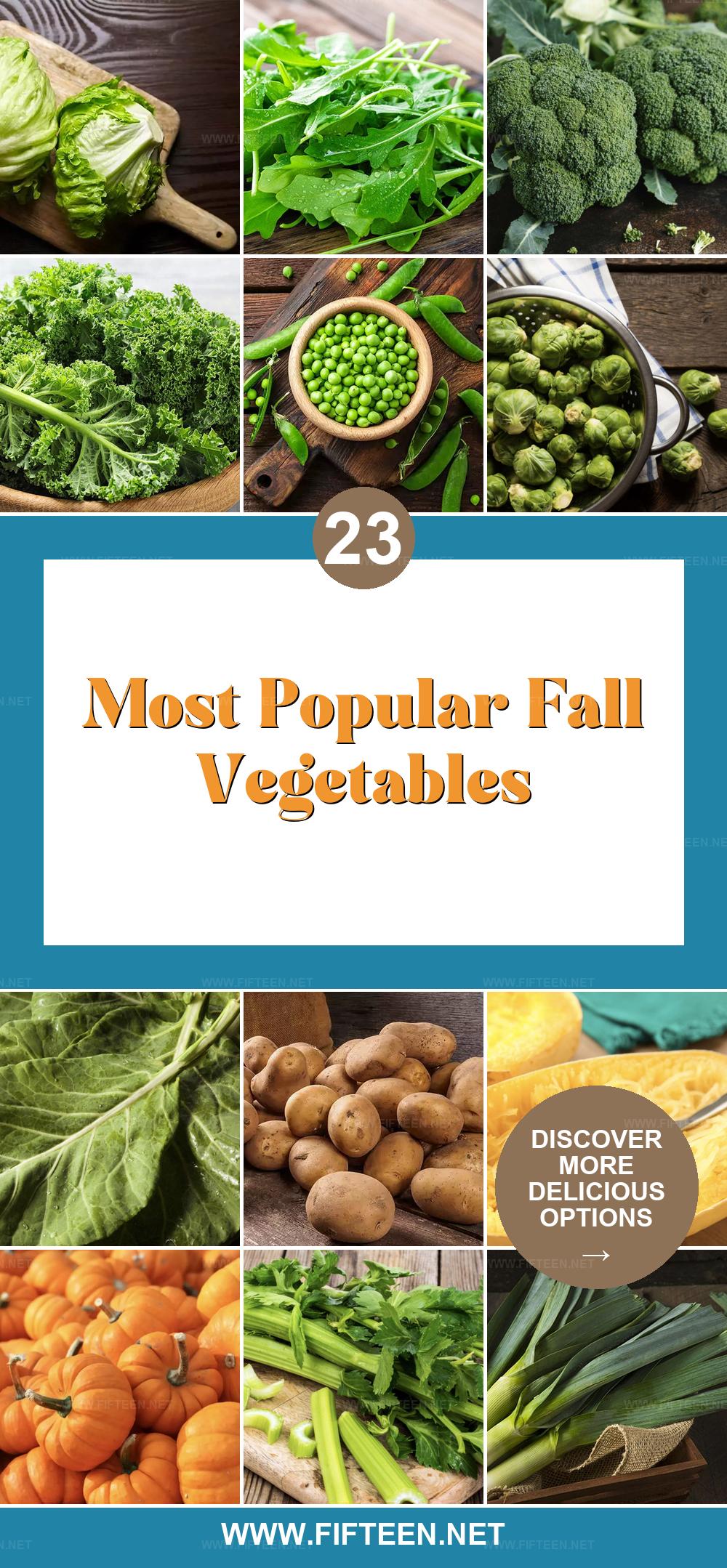
Jamie Scott
Editor in Chief, Senior Content Writer
Expertise
Home Cooking, Meal Planning, Recipe Development, Baking and Pastry, Food Editor, Cooking-video Maker, Western Food Evaluation Expert
Education
Le Cordon Bleu College of Culinary Arts
Local Community College, New York, NY
Jamie Scott is a skilled culinary expert and content creator specializing in Western cuisine. With over 15 years in the culinary field and formal training from Le Cordon Bleu, Paris, Jamie deeply understands how to blend nutrition with delicious flavors. His passion for cooking matches his commitment to making healthy eating accessible and enjoyable.
On Fifteen.net, Jamie brings a fresh perspective to classic dishes and beverages, offering readers insightful recipes, cooking tips, and a fresh view on meal planning that emphasizes taste, health, and simplicity.